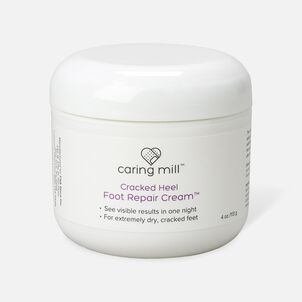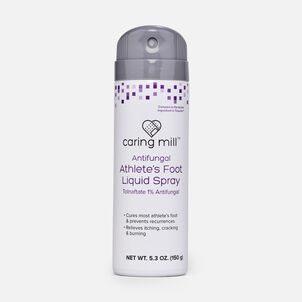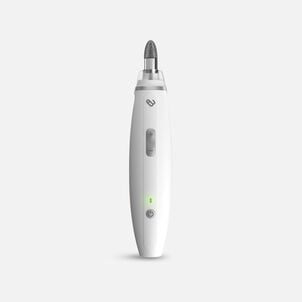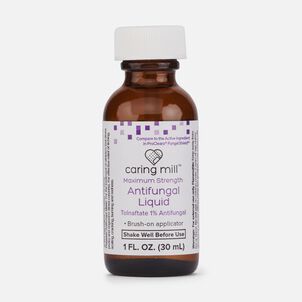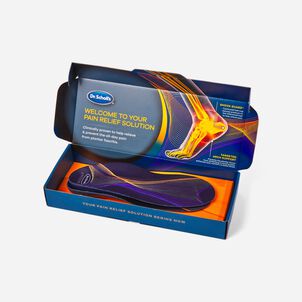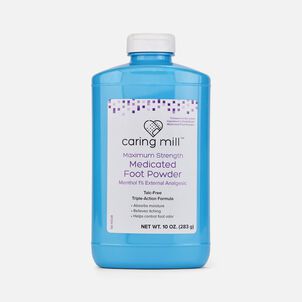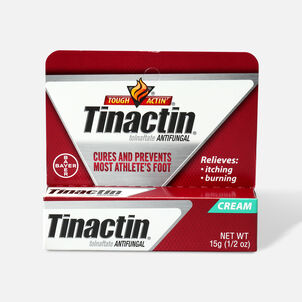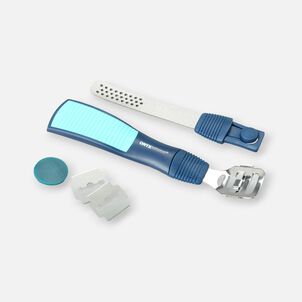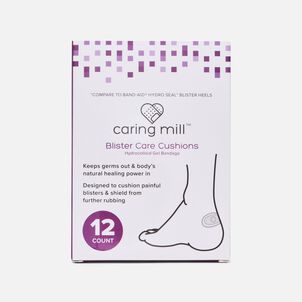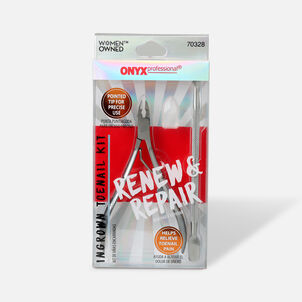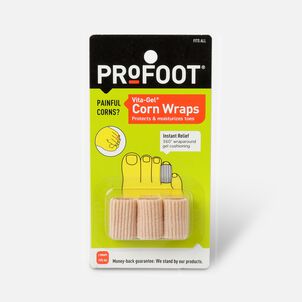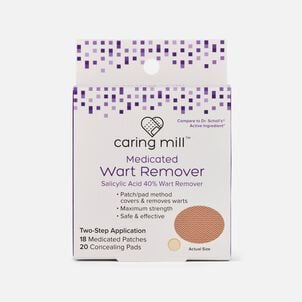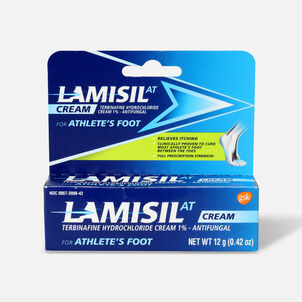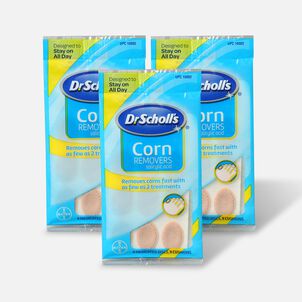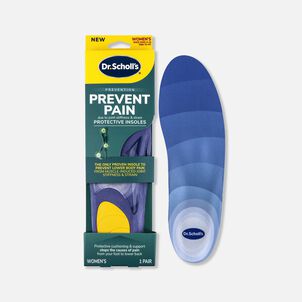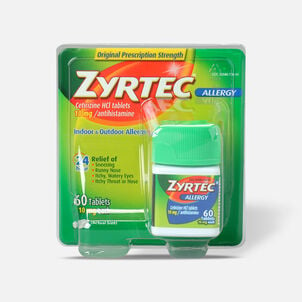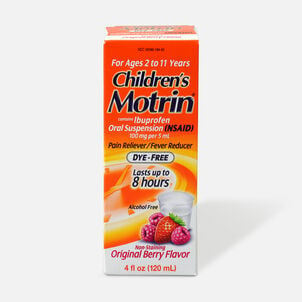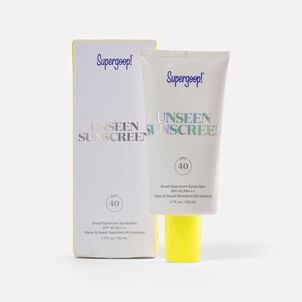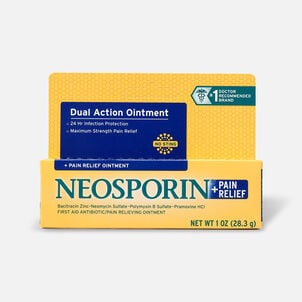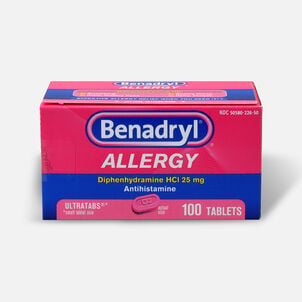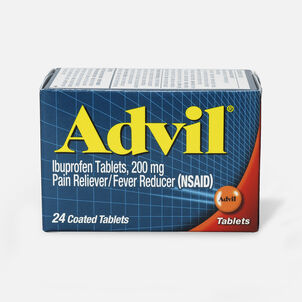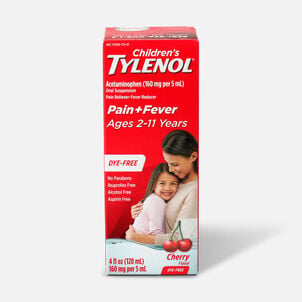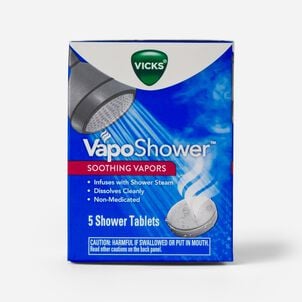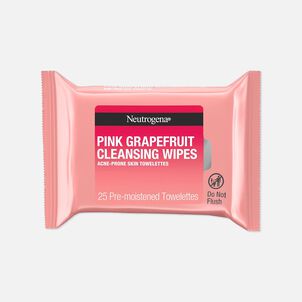When you really get down to it, your feet see plenty of action on a daily basis. From ferrying you to work during a busy commute, staying active at the gym and finally being put up each night, your feet bear the brunt of your daily activities like no other appendage!
Foot issues are a fact of life for many active individuals, and if you don’t take care of them quickly they can progress into more advanced problems that can stop you in your tracks. If you have a flexible spending account (FSA) through your employer, the vast majority of common foot issues can be solved with over-the-counter (OTC) medications and foot treatments that are covered by your tax-free funds.
The next time a foot issue rears its ugly head, put your tax-free funds to good use at FSAstore.com! With thousands of FSA eligible medical products in stock, you can ensure the health and wellness of you and your loved ones.
Here are a few of the most common foot ailments and how to treat them with your FSA!
Compare to active ingredient in Tinactin Athlete’s Foot Liquid Spray
Compare to Active Ingredient in ProClearz Fungal Shield
Compare to active ingredient in Gold Bond Medicated Maximum Strength Foot Powder
Compare to Active Ingredient in Dr Scholl’s Medicated Wart Patches
Athlete’s Foot
- This is an especially common skin condition that affects the sole of the foot and the skin between the toes and is caused by a fungus that is spread in places like gyms, locker rooms and swimming pools. This is easily solved with OTC medications that can be purchased with your FSA funds.
Plantar Fasciitis
- As one of the most common sources of heel pain, plantar fasciitis is inflammation of the band of tissue called the plantar fascia, which runs along the bottom of your foot connecting your toes to your heel. This is common among avid runners, but can also occur to individuals who wear shoes with poor support. Traditional pain relievers and physical therapy are typically the most common treatments, but improving the support of your shoes is pivotal in preventing the reoccurrence of the condition.
Corns and Calluses
- These foot issues arise when the bony parts of your feet rub against your shoes and form painful growths. Most of the time, these growths are cleared up by a change of footwear or pads that can limit the friction that causes corns and calluses to form. While some of these growths may need to be shaved down to reduce their thickness, the vast majority of them can be treated with over-the-counter treatments that gradually wear down the affected skin and clear up the issue.

